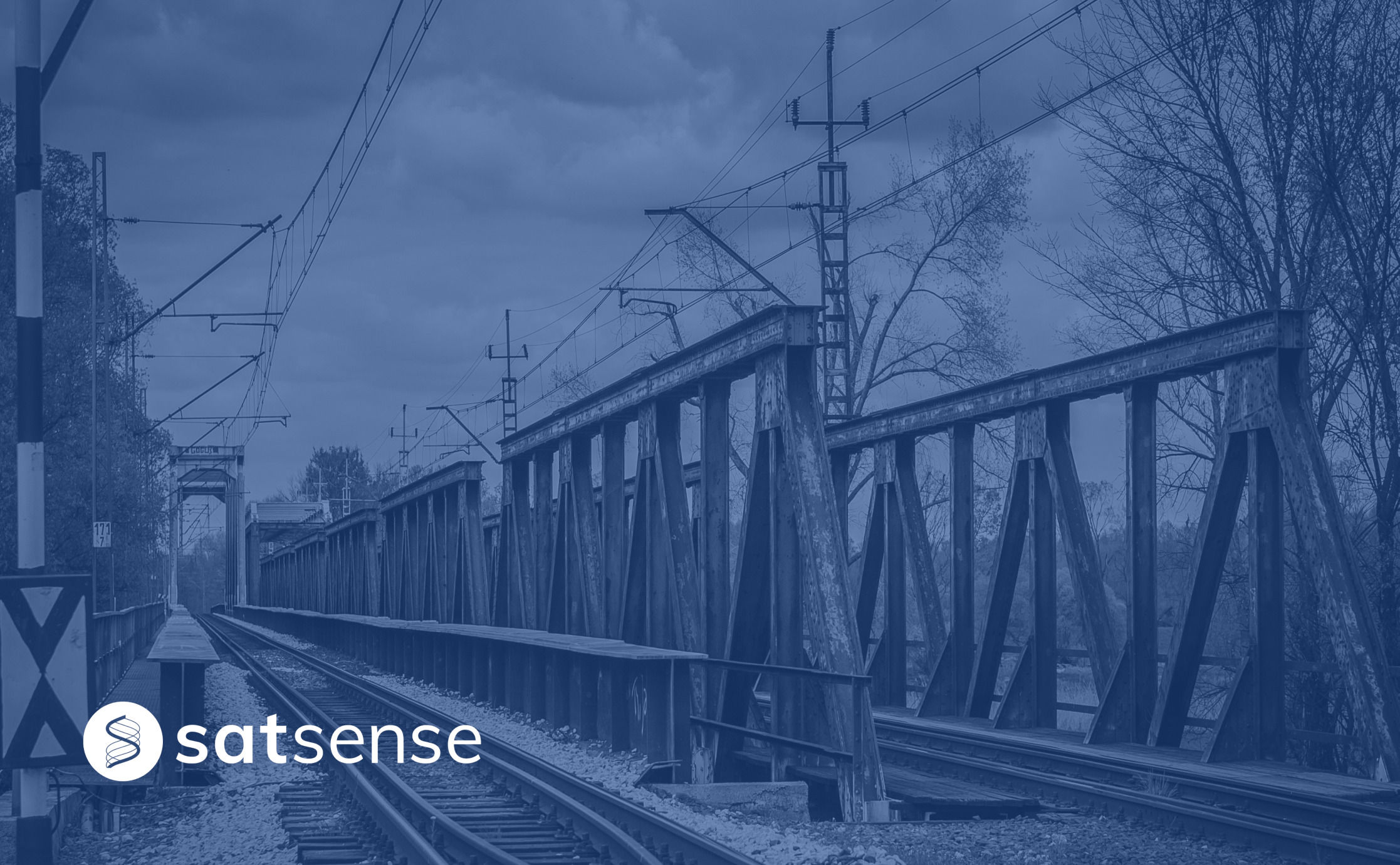Services integral to keeping ‘life’ running on daily basis depend on our infrastructure. The intricate network of systems, from
railways and bridges, through to our
water and gas utilities, provide the foundations on which modern society is built. Amid a flurry of headlines boasting new structural developments, such as HS2, the state of existing and ageing infrastructure often gets lost among the noise.
Historical infrastructure in a modern world
Infrastructure is almost invisible when it works, but when it does not? Headline coverage is not just limited to local newspapers. National news outlets do not shy away from presenting coverage of the detrimental effects of untimely rail engineering works and long-term road closures.
A recent example is the closure of Hammersmith Bridge’s main carriageway to road traffic whilst engineering works ensuring its stabilisation are carried out. It is a prime case of the effects of modern stresses on ageing infrastructure, resulting from higher traffic volumes and increased vehicle weights. Similarly looking to the future, although moving towards electric vehicles boast benefits aplenty to the environment, the possible effects on our road networks are yet to be fully felt. Electric vehicles are
significantly heavier than their traditional alternatives, and the extent to which this might impact existing transportation infrastructure is uncertain.
Monitoring a changed built environment
The UK Infrastructure and Projects Authority’s
Roadmap to 2030 policy paper states that ‘historically, it has been more straightforward to add new infrastructure to the built environment, rather than trying to derive better outcomes from what we already have’. What we
already have includes a
rail network developed in the Victorian era to satisfy rather different demands, with lower passenger numbers and reduced freight weights than those carried today.
It is important to highlight the increasing stresses our assets are now encountering since their initial engineering design and construction. As these stresses grow, so too can the risk of failure. Infrastructure resilience is threatened without efficient monitoring, upgrade and maintenance. These risks can be exacerbated further when infrastructure is built on ground that undergoes significant changes due to continuously changing environmental conditions.
The role of climate change
Subsidence can occur when water is removed from the ground, causing soils to contract and move downwards. Conversely, if soil expands, it pushes upwards in a motion known as ‘heave’. Most commonly, heave occurs either when moisture levels are higher than normal, or when the top levels of soil are removed during construction or remedial works. As pressure is taken away from the lower layers of soil, they expand as the overburden stress is relieved.
Nearly all of the built systems and structures we have in place are in contact with the soil. Therefore, it is important to continuously monitor the ground surrounding the foundations of critical assets. Their stability is predominantly threatened by the rather unpredictable nature of our weather systems. As climate change continues, the frequency, intensity and variability of environmental factors will increase, and the knock-on effects to infrastructure will become more prolific and apparent.
So, what can be done to increase resilience of our infrastructure, particularly considering assets that are ageing?
Proactively increasing resilience
They say that prevention is better than cure. In the case of infrastructure, we say that
monitoring is better than ignorance. It takes considerable expertise and resources to monitor assets in granular detail, whilst continuing to provide excellent levels of service. The impact of these challenges is compounded further by managing the geological and technical challenges when carrying out vital engineering works.
However, when equipped with high-resolution and remote access to data across entire networks of critical infrastructure, asset operators have the opportunity to intelligently divert resources to increase resilience and strategically enhance infrastructure. The amount of physical attention and financial resources required to keep ageing assets operating effectively can be counteracted through proactive asset monitoring.
Monitoring infrastructure with InSAR
InSAR can be used to directly monitor infrastructure, as well as foundations and surroundings, across nationwide networks of transportation, power, utilities and telecommunications assets. If high displacements or changes to the rate of movement are identified during routine monitoring, InSAR can present high resolution insight into the root of the cause and how best to instigate remedial works. Furthermore, the ability of InSAR to retrieve recent historical ground movements can be used to help operators learn how ground motion has previously impacted their networks. This can then allow them to make informed decisions to improve resilience in the future.
Find out more about how you can use InSAR to monitor infrastructure by
contacting SatSense today!

